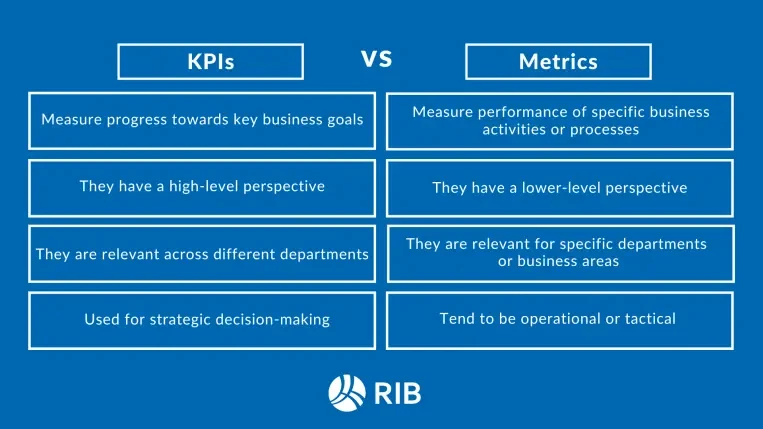In the fast-paced world of technology, it’s essential for businesses to keep a close eye on their financial health. Tracking key metrics can help companies make informed decisions, identify areas of improvement, and ensure long-term success. In this article, we’ll discuss the key financial metrics that tech companies should track to stay on top of their game.
Revenue Growth
One of the most crucial metrics for any tech company is revenue growth. This metric shows how successfully a company is growing its top line. By monitoring revenue growth over time, businesses can track their progress and identify trends in their sales performance. A healthy revenue growth rate indicates that a company’s products or services are in demand and that its market share is expanding.
Profit Margin
Profit margin is another important metric that tech companies should keep a close eye on. This metric measures how efficiently a company is able to turn its revenue into profit. By calculating profit margin, businesses can assess their cost structure and pricing strategy. A healthy profit margin indicates that a company is generating profits and managing its expenses effectively.
Cash Flow
Cash flow is the lifeblood of any business, and it’s essential for tech companies to monitor their cash flow regularly. Positive cash flow ensures that a company has enough liquidity to cover its expenses and invest in growth opportunities. By tracking cash flow, businesses can avoid cash flow gaps and financial instability. Tech companies should pay close attention to operating cash flow, investing cash flow, and financing cash flow to get a complete picture of their financial health.
Customer Acquisition Cost (CAC)
Customer acquisition cost is a key metric for tech companies that shows how much it costs to acquire a new customer. By calculating CAC, businesses can assess the efficiency of their marketing and sales efforts. A low CAC indicates that a company is acquiring customers cost-effectively, while a high CAC may signal that a company needs to refine its customer acquisition strategy. Monitoring CAC can help tech companies optimize their marketing budget and improve their return on investment.
Customer Lifetime Value (CLV)
Customer lifetime value is another important metric for tech companies that measures the total revenue a company expects to generate from a customer throughout their relationship. By calculating CLV, businesses can assess the long-term value of their customers and tailor their marketing and sales strategies accordingly. A high CLV indicates that a company is building strong customer relationships and generating repeat business. Tech companies should aim to increase CLV by providing outstanding customer service and building customer loyalty.
Debt-to-Equity Ratio
The debt-to-equity ratio is a key financial metric that shows the proportion of debt a company has relative to its equity. By calculating this ratio, tech companies can assess their financial leverage and risk exposure. A low debt-to-equity ratio indicates that a company has a conservative financial structure and is less vulnerable to financial distress. Monitoring this ratio can help businesses manage their debt levels effectively and ensure long-term financial stability.
Conclusion
Tracking key financial metrics is essential for tech companies to maintain their financial health and make informed decisions. By monitoring revenue growth, profit margin, cash flow, customer acquisition cost, customer lifetime value, and debt-to-equity ratio, businesses can assess their performance, identify areas of improvement, and ensure long-term success. Tech companies that prioritize financial health will be better equipped to navigate challenges, seize opportunities, and thrive in the competitive tech industry.

